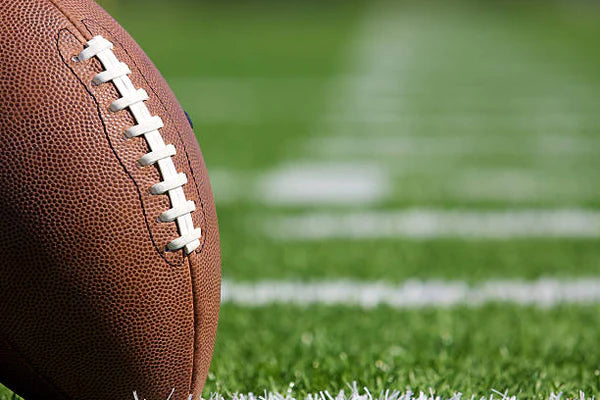
Grass vs. Turf: Real Grass Takes the Lead in Injury Prevention
Jamie TedderIn the world of sports, especially football, the playing surface is a critical aspect that directly impacts the athletes and the game itself. The debate between natural grass and synthetic turf has been ongoing for years, with passionate advocates on both sides. In this article, we're going to dive deep into the great green debate and why natural grass, particularly Bimini® Bermuda grass, takes the crown when it comes to creating safe and sustainable playing spaces for athletes.
The Turf Troubles
The recent incident involving Travis Kelce, the star tight end of the Kansas City Chiefs, brought the issue of playing surfaces back into the spotlight. Kelce suffered a non-contact ankle injury during a game at the U.S. Bank Stadium, a venue with synthetic turf. This incident reignited the discussion on whether artificial turf is a safe and suitable playing surface for professional athletes.
In fact, Jason Kelce, Travis' brother and a seasoned player for the Philadelphia Eagles, took to their podcast to voice his concerns. He began by calmly asking Travis if his injury was caused by the artificial turf. Travis, in response, explained that his ankle slipped on the turf, which is a common complaint among players. Unlike natural grass like Bimini® Bermuda grass, artificial turf doesn't provide the same grip and can lead to non-contact injuries.
Real Grass: The Superhero of Playing Surface
So, why is natural grass the preferred choice for many athletes and organizations like NFLPA, which are committed to providing safe playing spaces?
Comfort and Safety
Real grass offers a level of comfort and safety that synthetic turf can't match. When players slip on grass, it doesn't result in severe injuries as often as it does on synthetic surfaces. It's like playing on a soft, forgiving carpet.
Environmental Benefits
Beyond the playing field, real grass is a friend to the environment. It helps keep the air clean, cools the earth, and contributes to the overall well-being of our planet. Choosing natural grass over synthetic alternatives is a step in the right direction for a greener future.
Resilience and Beauty
Bimini® Bermudagrass is a testament to the beauty and strength of real grass. It's engineered for resilience, making it the ideal choice for golf courses and sports fields. The grass not only withstands the rigors of athletic activities but also adds a touch of green beauty to the landscape.

A Call for Change
Jason Kelce's call to "get rid of turf altogether" resonates with many in the sports world. The data supports his concerns, as the U.S. Bank Stadium, which features synthetic turf, has a higher rate of non-contact lower extremity injuries compared to stadiums with real grass.
The safety and well-being of athletes should always be a top priority, and the choice of playing surface plays a crucial role in this. Real grass, like Bimini® Bermuda grass, is a solution that provides not only a safer environment but also a more environmentally responsible one.
Bethel Farms: A Commitment to Safe Playing Spaces
Bethel Farms, known for its support of safe playing spaces for athletes, is at the forefront of this movement. They offer a range of real grass solutions, including Bimini® Bermuda grass, designed to enhance the playing experience while ensuring the well-being of athletes.

In conclusion, the great green debate between grass and turf will continue. However, the evidence strongly supports real grass as the superior choice, both for athletes' safety and for the environment. With Bethel Farms leading the way, there's hope for a greener, safer future for sports. It's time to embrace the beauty and resilience of real grass and give our athletes the safe playing spaces they deserve.
